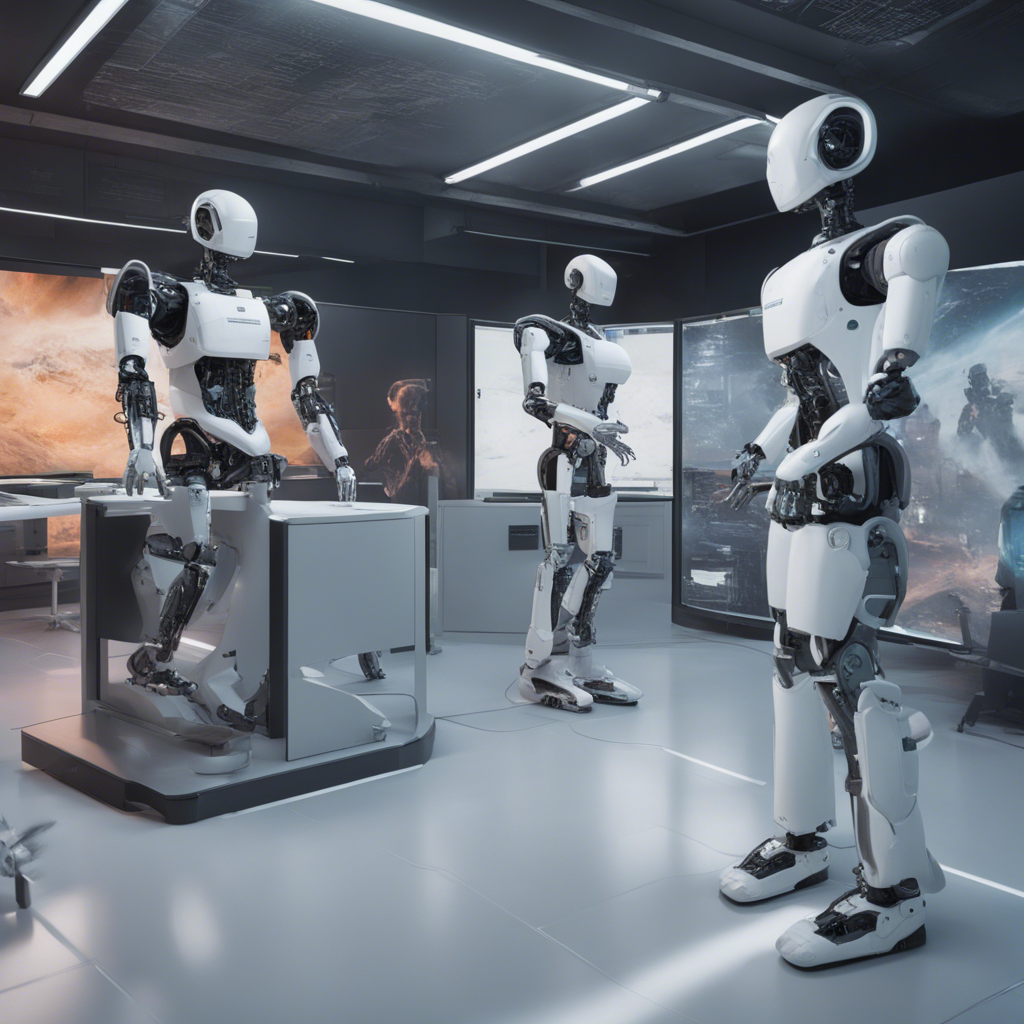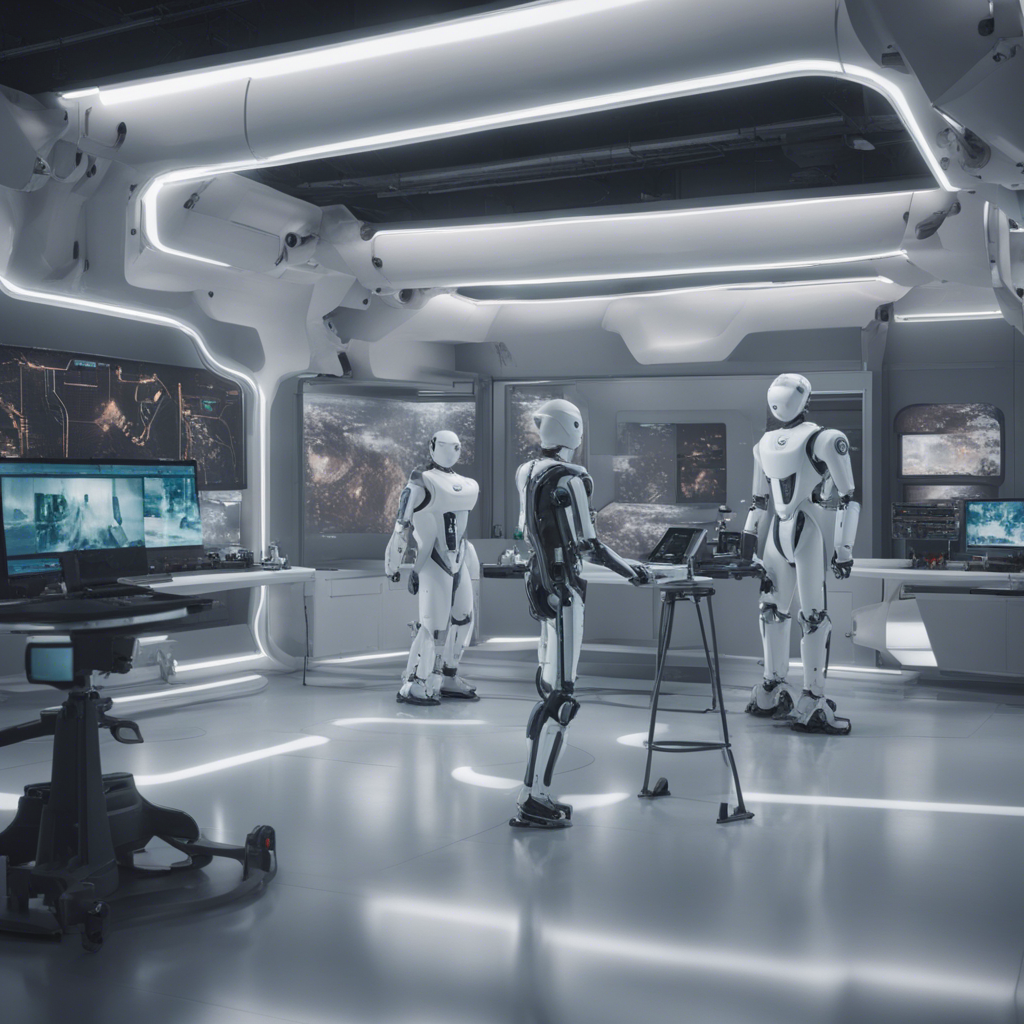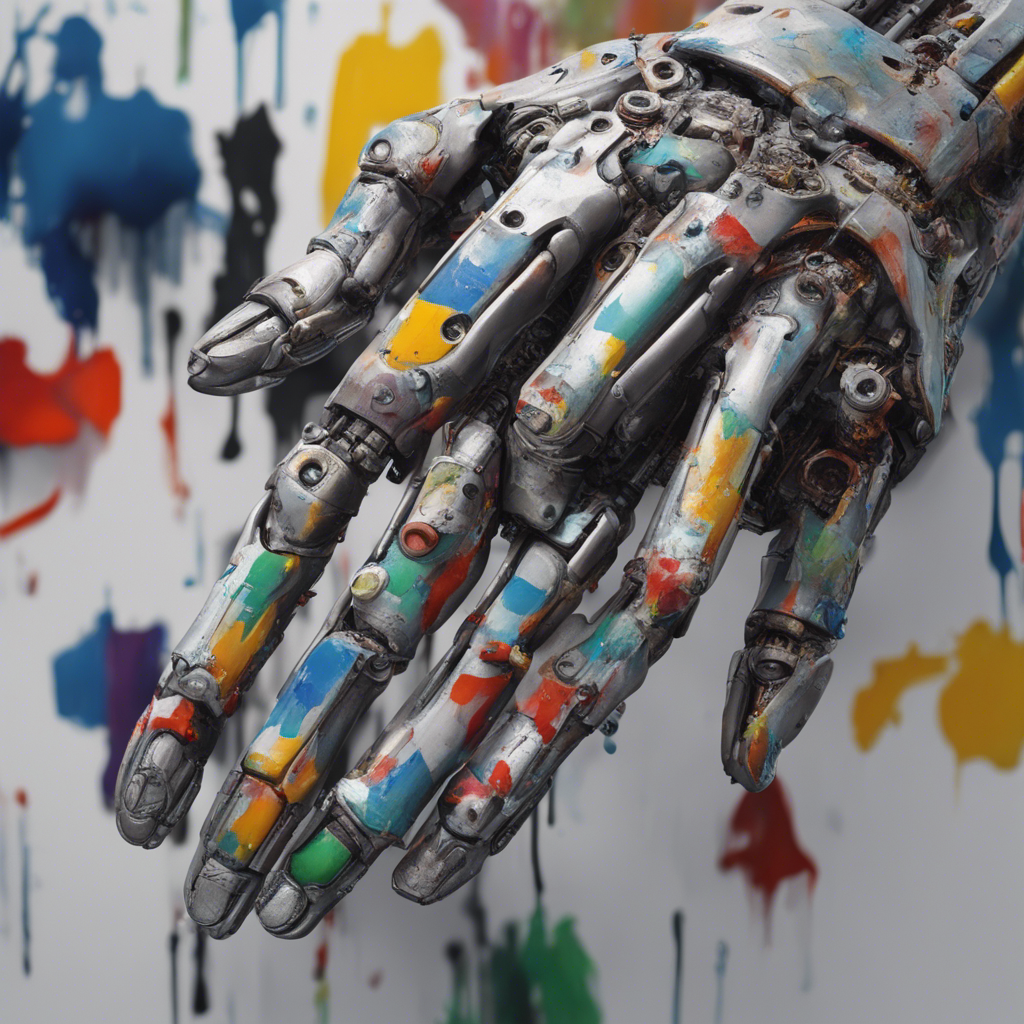
The Intersection of AI and Neuroscience: Unveiling the Future of Cognitive Science
In recent years, remarkable advancements in both artificial intelligence (AI) and neuroscience have raised exciting possibilities for the future of cognitive science. The intersection of these two fields offers a unique opportunity to unlock the mysteries of human cognition, revolutionize healthcare, and enhance the capabilities of AI systems. In this comprehensive blog post, we will delve into the compelling world of AI and neuroscience, exploring their synergies, applications, and the potential they hold for the future.
Understanding AI and Neuroscience
Artificial Intelligence (AI)
Artificial Intelligence, often abbreviated as AI, is a multidisciplinary branch of computer science that aims to develop intelligent machines capable of understanding, learning from, and solving complex problems. AI encompasses a range of technologies, including machine learning, natural language processing, computer vision, robotics, and more. These technologies enable AI systems to perceive, reason, and take autonomous actions, mimicking human cognitive abilities.
Neuroscience
Neuroscience, on the other hand, is the scientific study of the nervous system, focusing on understanding how the brain and the rest of the nervous system function. It explores the structure, development, and functioning of neural networks, aiming to unravel the mechanisms behind perception, cognition, emotions, and behaviors. Neuroscience draws on various approaches, including electrophysiology, neuroimaging, computational modeling, and cellular/molecular biology, to uncover the intricacies of the human brain.
The Synergistic Relationship: AI and Neuroscience
AI and neuroscience are intrinsically connected, feeding off each other for further insights and advancements. While AI seeks to replicate human-like intelligence, neuroscience offers invaluable knowledge and inspiration for building more efficient, robust, and interpretable AI systems. Simultaneously, AI enables neuroscientists to analyze vast volumes of complex data, accelerating discoveries and generating hypotheses. Let’s explore some remarkable areas where these two fields intersect:
Brain-Computer Interfaces (BCIs)
Brain-Computer Interfaces (BCIs) stand at the forefront of the AI-neuroscience fusion. BCIs are innovative technologies that bridge the gap between the human brain and external devices, enabling direct communication and control. Combining AI algorithms and neuroscience principles, BCIs enable paralyzed patients to control prosthetic limbs through their neural signals, restore vision to the blind, and provide communication options for individuals with severe motor disabilities. These groundbreaking advancements rely on neuroimaging techniques, machine learning algorithms, and an understanding of neural pathways.
Cognitive Enhancement and Neurofeedback
The synergy of AI and neuroscience has heralded exciting possibilities for cognitive enhancement. Neurofeedback techniques, integrating AI algorithms, allow individuals to monitor and regulate their brain activity. By providing real-time insights into brain states, this technology enables individuals to train and modulate their cognitive functions effectively. From improving attention and memory to managing stress and anxiety, the combination of AI and neuroscience offers promising tools for personal cognitive development and mental well-being.
Cognitive Computing
Cognitive computing harnesses the power of AI and neuroscience to build systems that can understand, reason, and interact with humans more naturally. By incorporating knowledge from neuroscience about how the brain processes information, cognitive computing systems can analyze vast amounts of data, learn patterns, and make decisions resembling human-like cognition. These systems find applications in healthcare diagnostics, natural language processing, intelligent assistants, and personalized education, transforming numerous industries through their ability to comprehend and adapt to complex tasks.
Deep Learning and Neural Networks
Deep learning, a subfield of machine learning and AI, draws inspiration from the structure and function of neural networks in the human brain. Deep neural networks, inspired by the connectivity and processing power of biological brains, have exhibited astounding proficiency in various tasks, from image recognition to natural language understanding. These networks consist of interconnected layers of artificial neurons, forming hierarchical representations that can learn and extract increasingly complex features. The parallelism between deep learning models and neural networks has granted researchers valuable insights into how the human brain may process and represent information.
The Future of AI and Neuroscience
As AI and neuroscience continue to converge, they hold immense potential to revolutionize multiple areas of society. Here are some glimpses into how the future may unfold:
Healthcare Advancements
The combination of AI and neuroscience promises groundbreaking innovations in healthcare. From developing personalized treatments for neurological disorders to detecting early indicators of brain diseases, AI systems can leverage neuroscience data to identify patterns and aid medical professionals in diagnosis and treatment planning. Moreover, the integration of AI into neuroimaging techniques allows for faster and more accurate brain scans, enabling early interventions and improved patient outcomes.
Artificial General Intelligence (AGI)
The ultimate ambition of AI lies in the creation of artificial general intelligence (AGI) – machines that possess the same cognitive capabilities as humans across various domains. The insights gained from neuroscience play a crucial role in bridging this gap. By better understanding the neural processes underlying cognition, researchers can guide the development of AGI systems that possess human-like generalization, adaptability, and creativity. Although the realization of AGI is still a distant dream, the conjunction of AI and neuroscience paves the way for future breakthroughs.
Ethical and Social Implications
The integration of AI and neuroscience calls for careful consideration of ethical and social implications. As the capabilities of AI systems expand, it raises concerns surrounding privacy, bias, and unintended consequences. Neuromorphic AI, inspired by the structure of the brain, places emphasis on building AI systems that mimic human-like learning, raising questions about consciousness and moral responsibility. Robust regulations, interdisciplinary collaboration, and public dialogue are necessary to ensure the responsible use of these technologies to benefit society as a whole.
Wrapping Up
The convergence of AI and neuroscience represents a remarkable frontier of scientific exploration, offering unparalleled insights into human cognition and revolutionizing AI technologies. From brain-computer interfaces to cognitive computing and deep learning, these fields continuously inform and inspire each other, leading to groundbreaking applications in healthcare, cognitive enhancement, and intelligent systems.
As we gaze towards the future, the synergy of AI and neuroscience holds the potential to unlock the secrets of our minds, benefiting individuals, industries, and society as a whole. By fostering collaboration, embracing ethical guidelines, and leveraging the power of data, humanity is poised to navigate the uncharted territories of the human brain and embark on a journey towards a more intelligent and interconnected world.
Disclaimer: This blog post serves as an overview of the intersection of AI and neuroscience and does not provide exhaustive coverage. Consult academic research and reputable sources for detailed insights.






